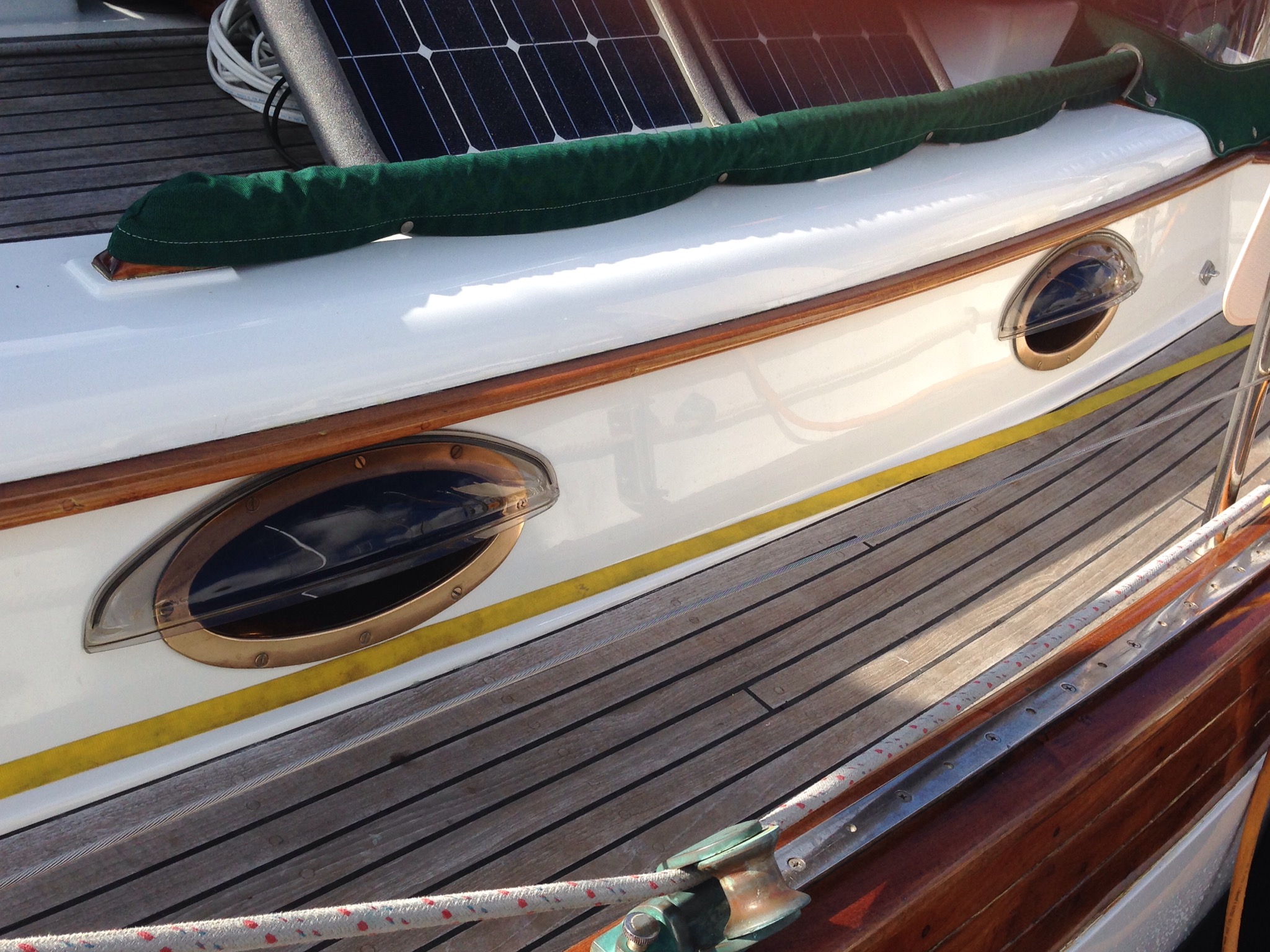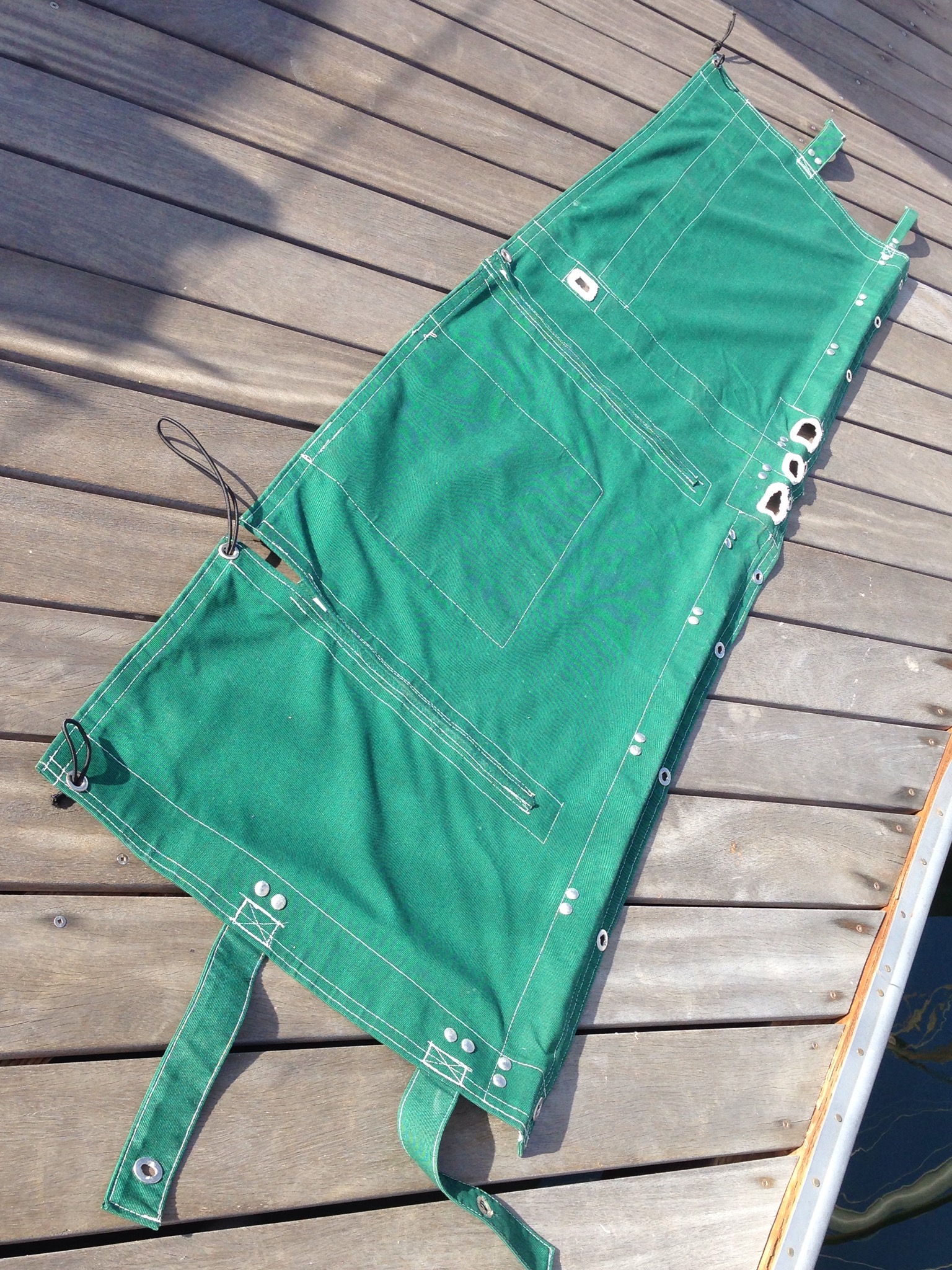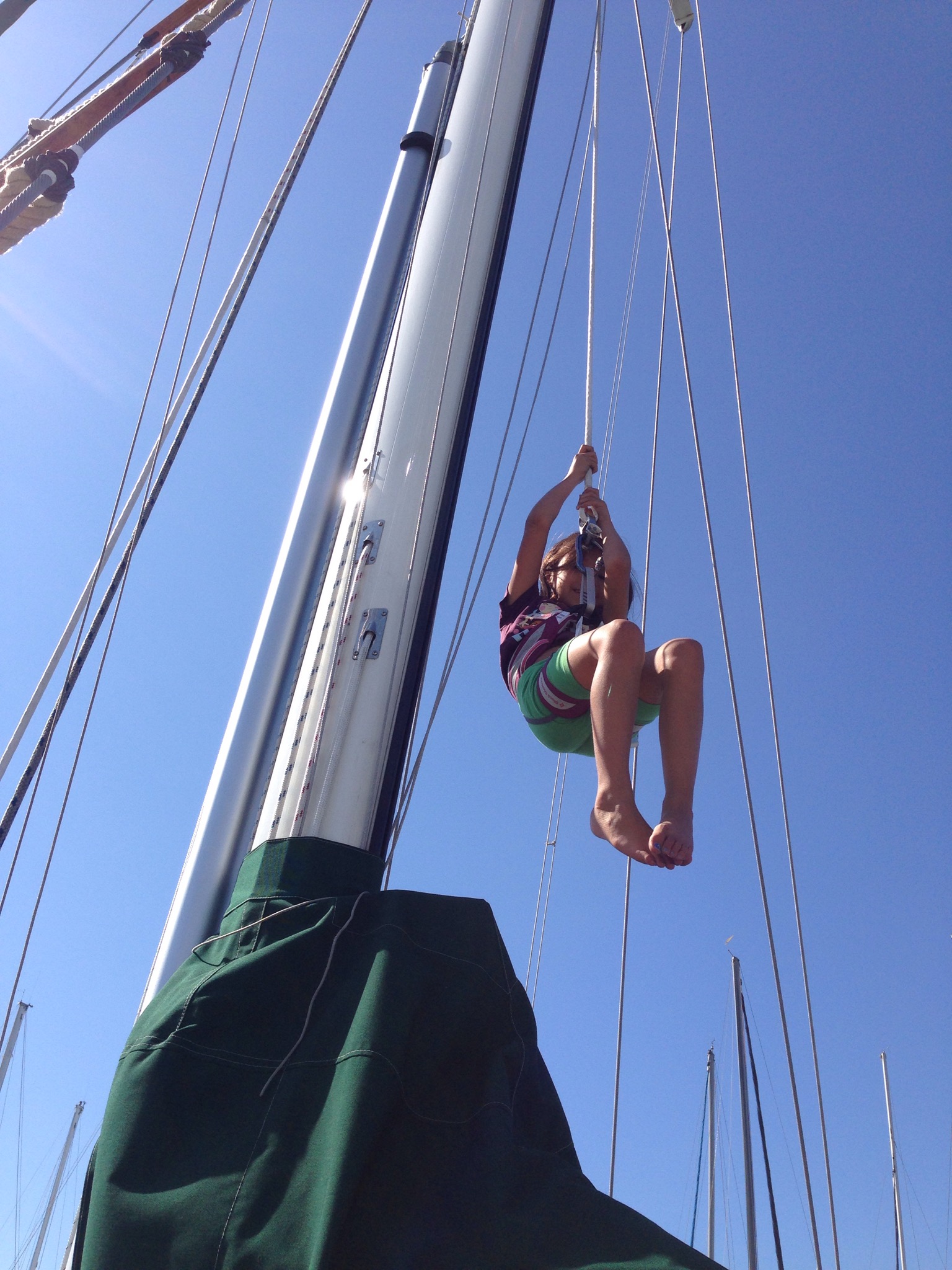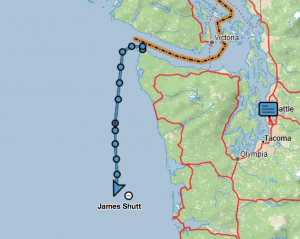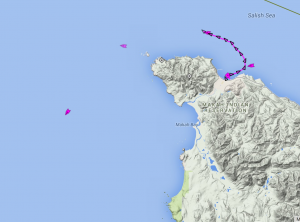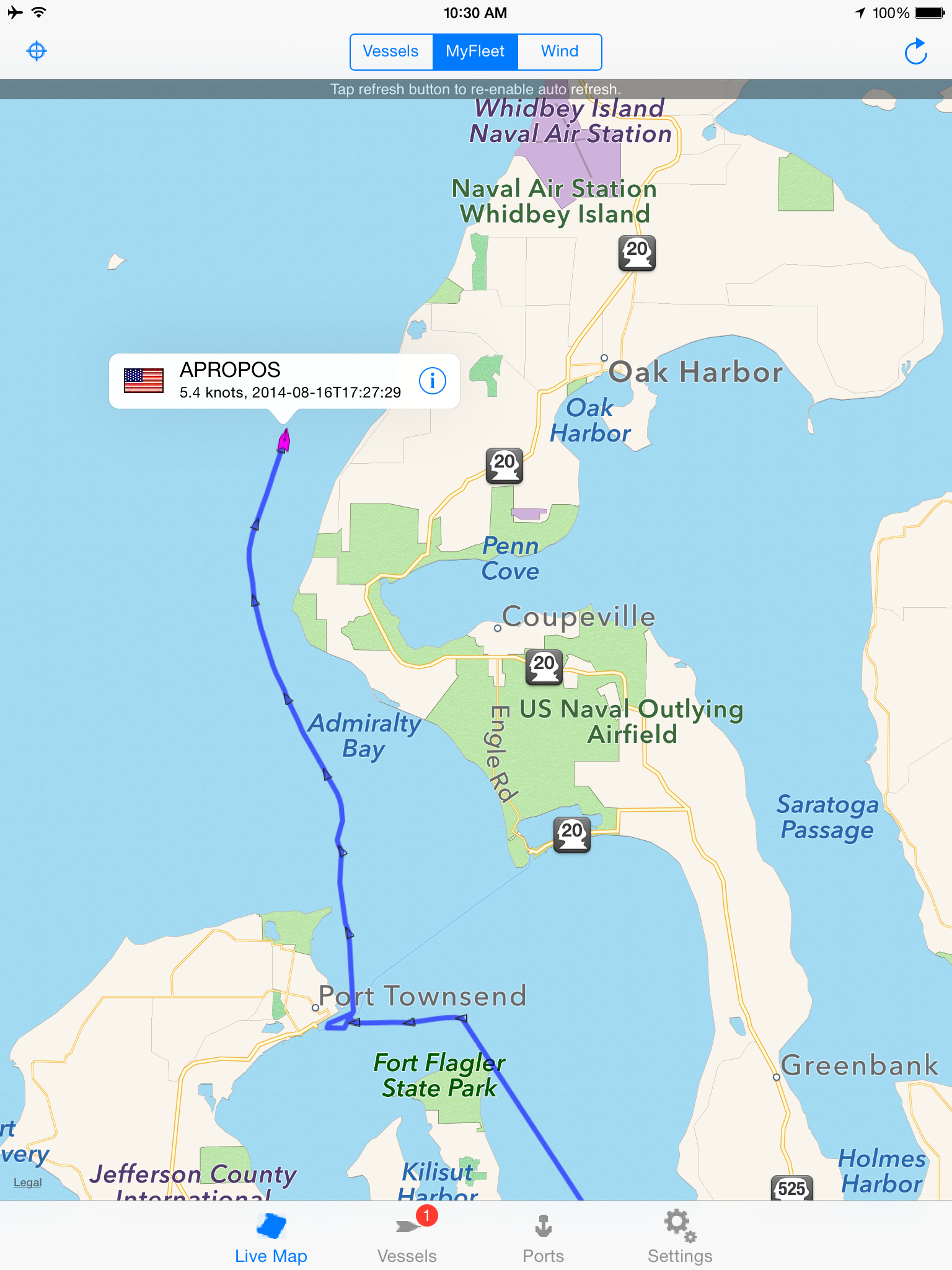La Paz (which translates to “The Peace”) is a town know for its casual, easy-paced and peaceful lifestyle. Within a 30-mile radius, there are lots of anchorages in warm turquoise water. There are also national park islands of Isla Espiritu Santo and Isla Partida, both a short day-sail north of La Paz.
We anchored in the large bay and used the dinghy every day to get to marinas or shoreline beaches. Some land-based activities we accomplished include re-provisioning at the Mega store, watching a colorful parade celebrating Mexico’s Independence, attending a cruiser’s dinner party with other Baja Ha Ha boaters, exploring the town’s coffee houses, restaurants, farmer’s markets, and finding a place to fix my iPhone (bad battery). Most places had good wifi that allowed us to update the blog with photos. We’re learning as we go and getting better with money exchanging and communicating with locals, who we find to be very pleasant.
Highlights in La Paz—the mariachi band performance at the cruiser’s party, the colorful parade celebrating Mexico’s independence, dinners with friends, coffee houses, sleep-overs and playdates for Jacintha, warm sunny days.
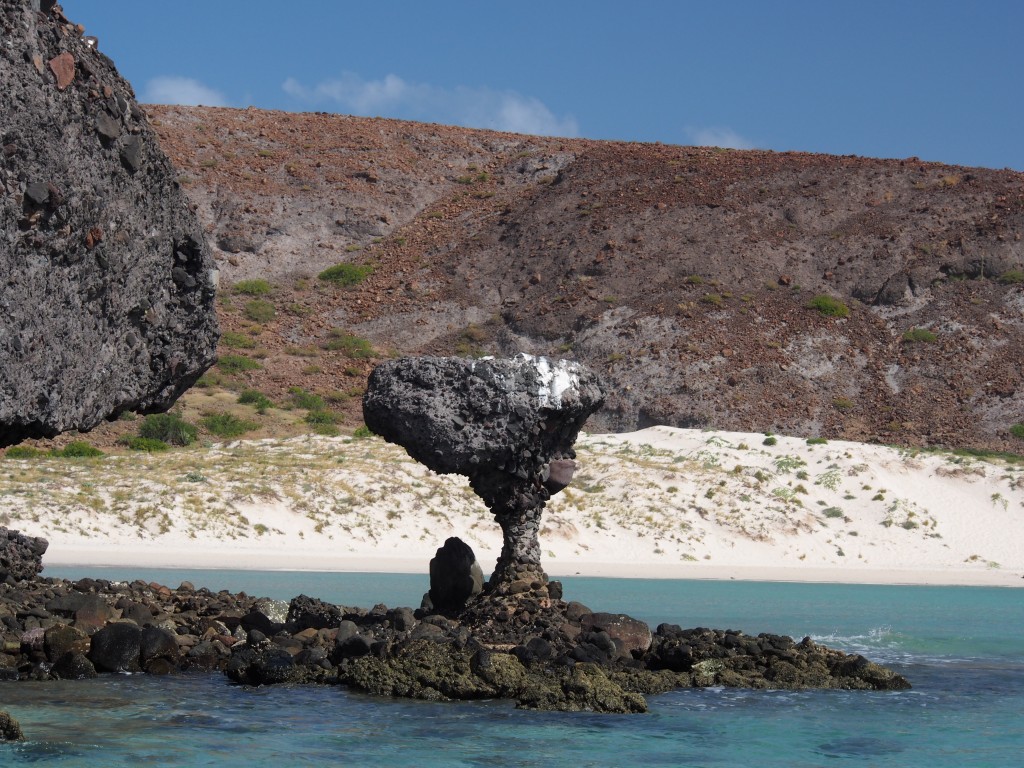
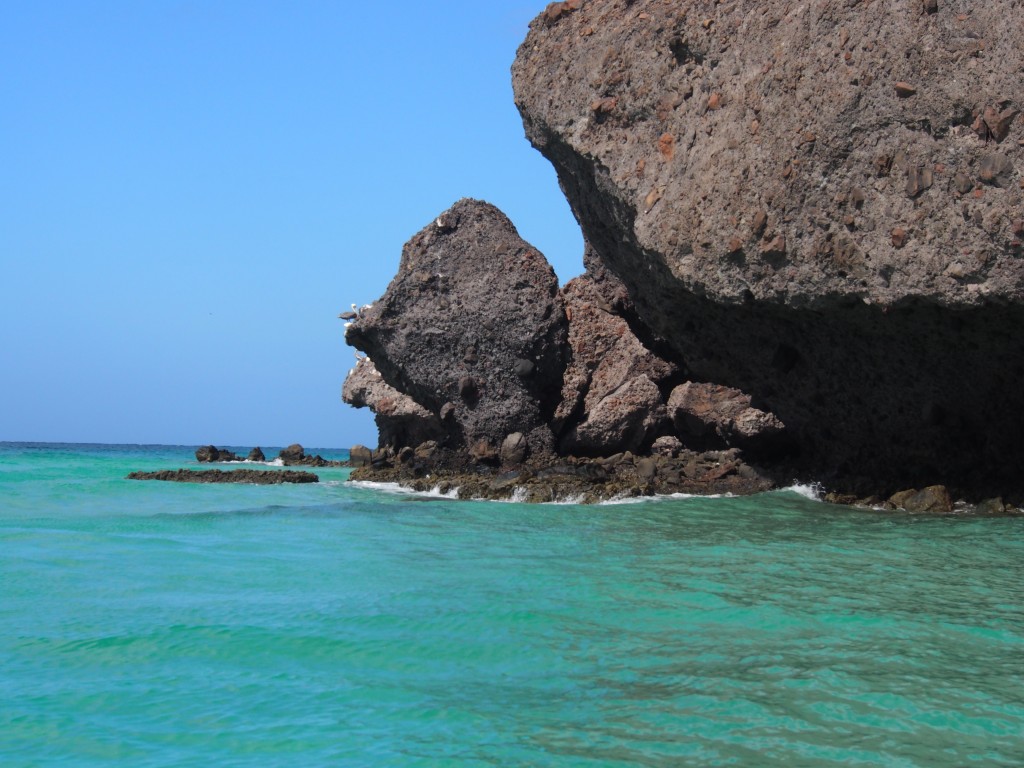
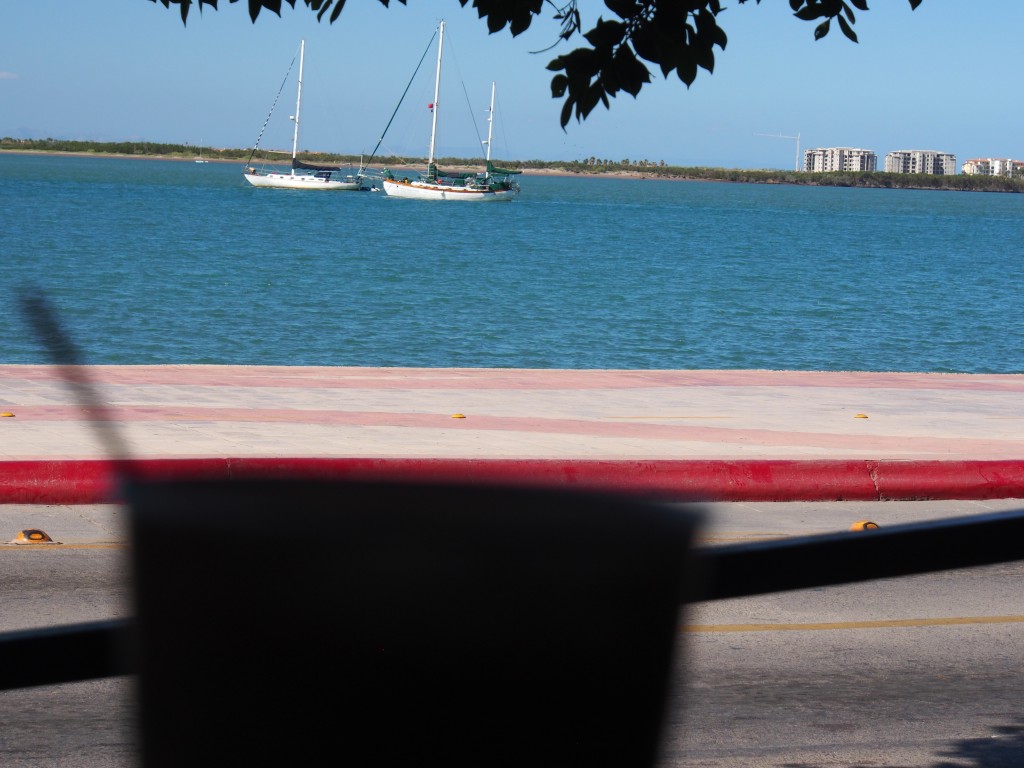
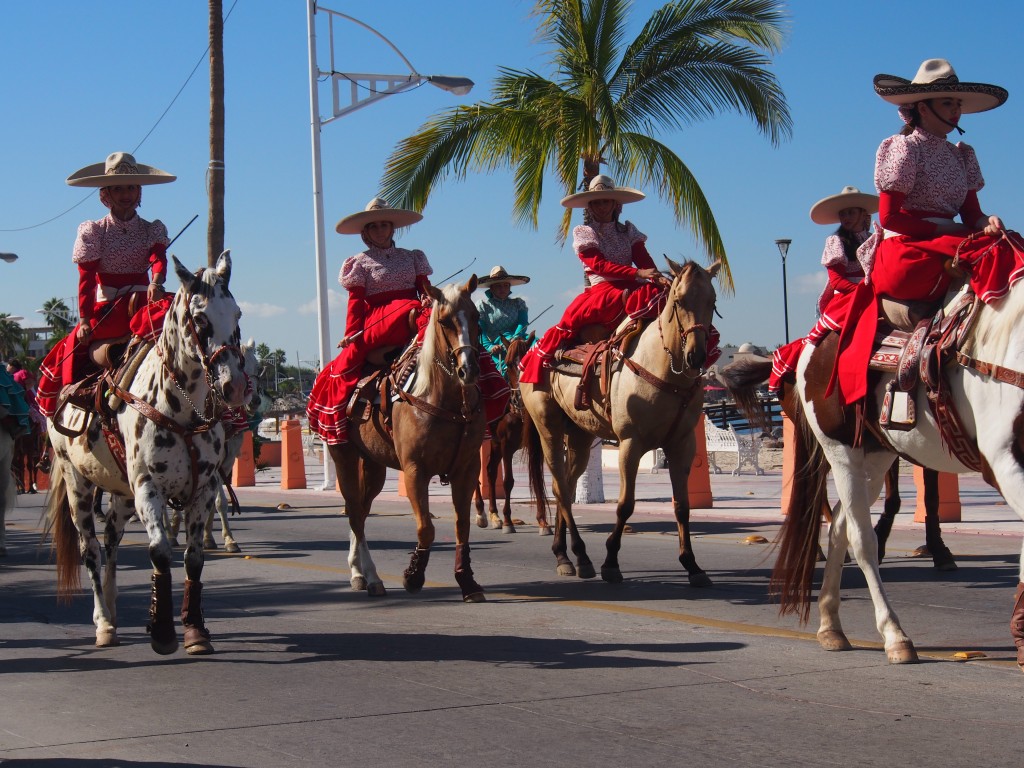
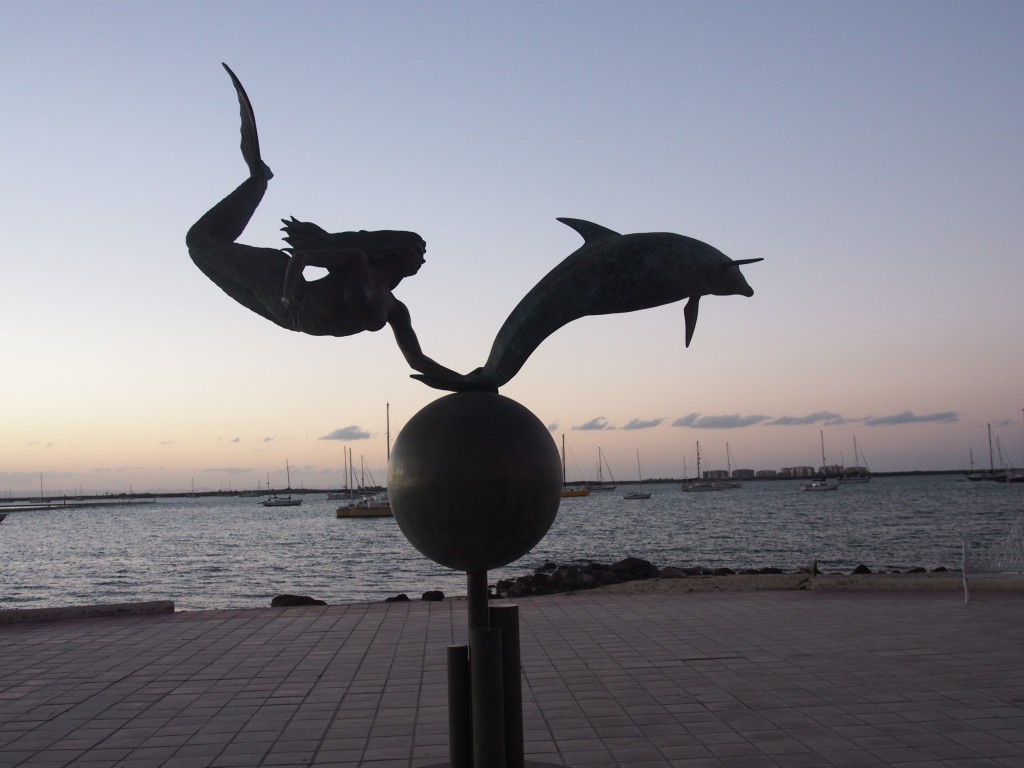
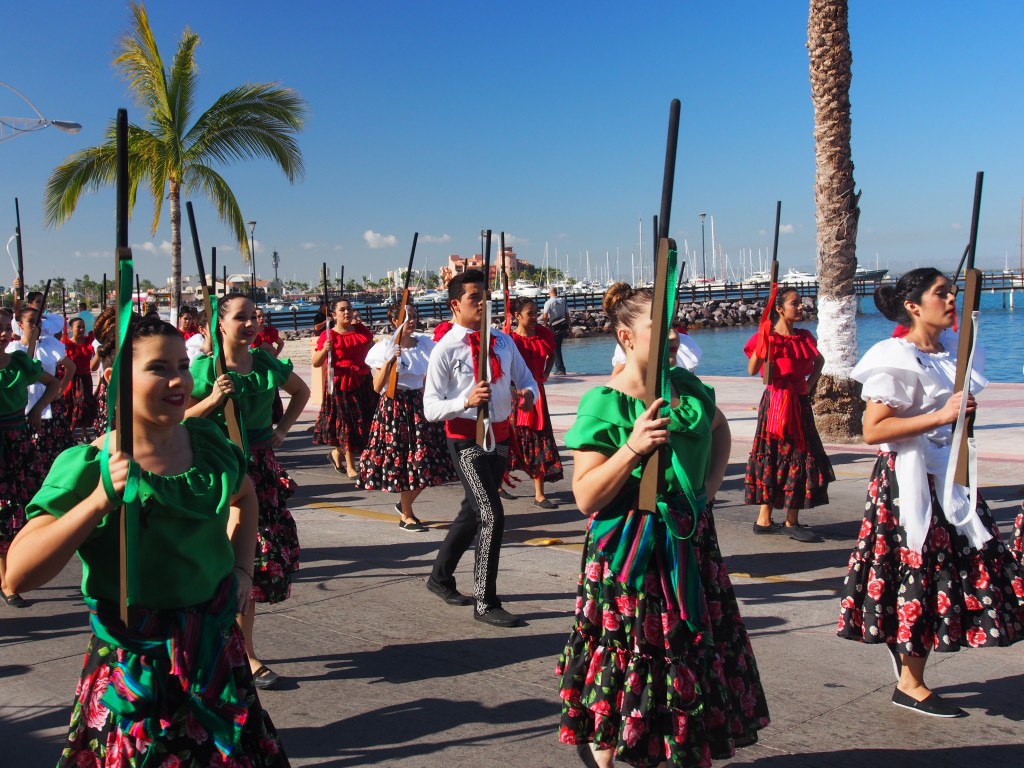
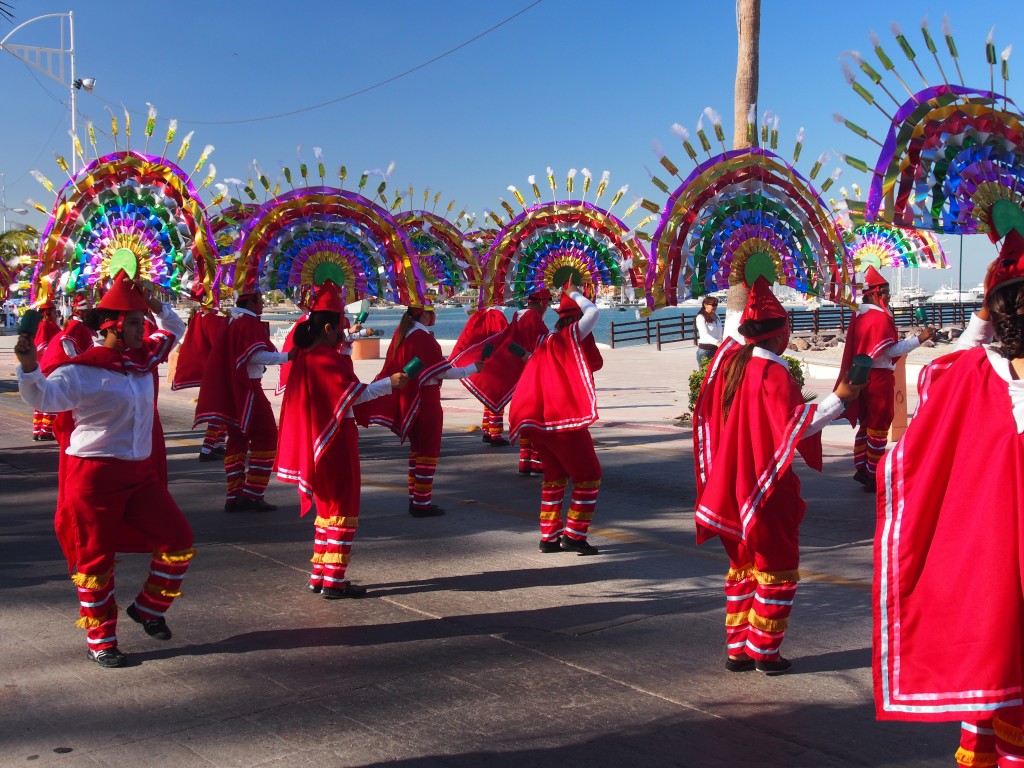
Boat-related things:
Energy—since departing San Diego almost a month ago, we have been plugged into shore power for just 2 days (both in Cabo). There are 3 ways to charge the battery bank when not plugged in—the engine driven alternator, a gas powered generator, and solar panels. Even though we have 500 watts of solar panels and every day is sunny, we have been having trouble keeping the batteries fully charged while at anchor. Our biggest power hog is the refrigeration system—mainly the freezer. Sometimes the freezer cycles for over 90 minutes, drawing 36 amps, resulting in a 54 Ahr (amp-hour) deficit. With the freezer cycling 5 times per day, this removes over 250 Ahrs from the house bank per day. In contrast, the refrigerator runs for only 20 minutes and cycles about 4 times per day. Our house battery bank is 670 Ahrs and it’s recommended to not go below 50% discharge, or -335Ahrs. With the solar panels sourcing around 100-150 Ahrs per day, it’s obviously a losing battle keeping the bank above 50% without running the engine or generator (we borrowed a Honda 2000 generator from Kevin on Andante). Since our goal is to be as green as possible, running the generator for long periods of time to keep the batteries charged is not our ideal solution. So I decided to run the freezer in a manual mode and cycle it 2 or 3 times per day for only 30-45 minutes per cycle. This has been working well so far and keeps things in the bottom 2/3 of the freezer frozen solid and the top 1/3 is perfect for keeping a few bottles of beer frosty-cold. The second biggest power user is the watermaker, but we only run it when we are under motor so it doesn’t subtract Ahrs from the house battery bank.
Auto Pilot—during a 2-day passage from Turtle Bay to Bahia Santa Maria, our electric auto pilot, which we named Otto, failed to keep us on course with the heavy swell and high wind. The result was 45 hours of hand steering, which gets very tiring for 2 people on overnight passages. When leaving Bahia Santa Maria, I re-calibrated the system. This takes the boat through a series of “S” turns and adjusts some settings that take into account the full keel and the weight of the boat. After the calibration finished, I noticed the settings were different and Otto has been working flawlessly ever since! I believe what happened was just before leaving Seattle, I reset the auto pilot settings to a default state while I was calibrating the auto pilot electronic compass.
Wind Vane—our mechanical wind vane, an older Fleming model we named Ian, has proven to be a challenging crew member. His purpose is to steer the boat on a course that is constant with respect to the wind. He will be critical on the long crossing from Mexico to French Polynesia to give the human crew a break from the helm, and also to keep from using Otto, who consumes amp-hours. We tried Ian a few times on the trip from Seattle to San Francisco, but heavy weather and crew fatigue made it difficult. The key to making a wind vane work is to have a well-balanced boat (ie sail trim) before engaging it. Karen’s persistence in taming Ian is starting to pay off as we’ve had some success. Crossing the Sea of Cortez in a few weeks should provide us with a good opportunity to see how well Ian does.
